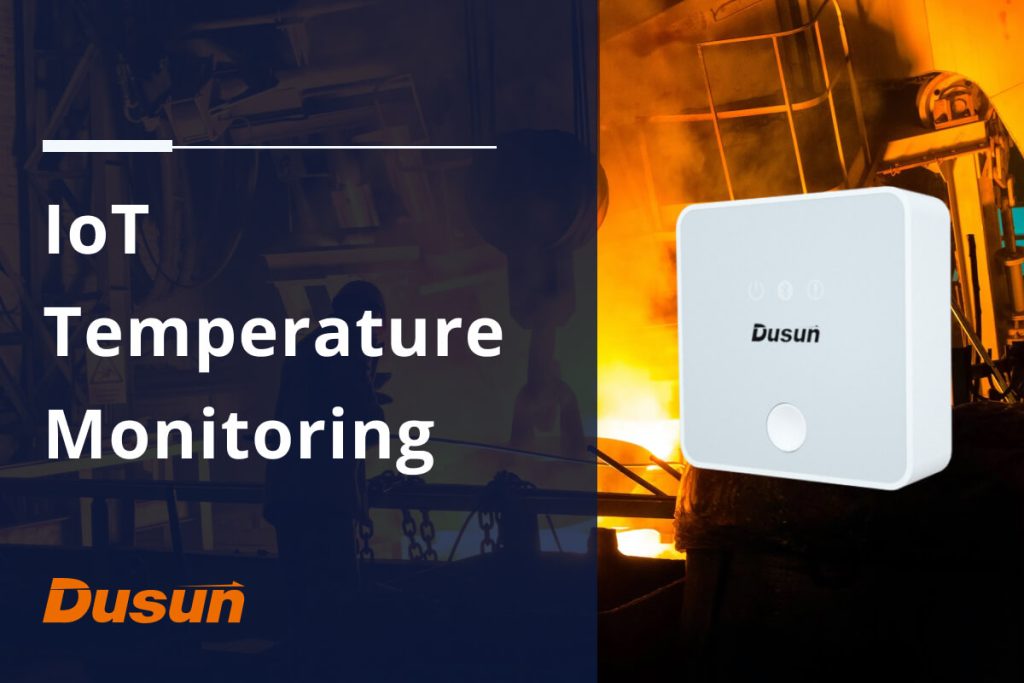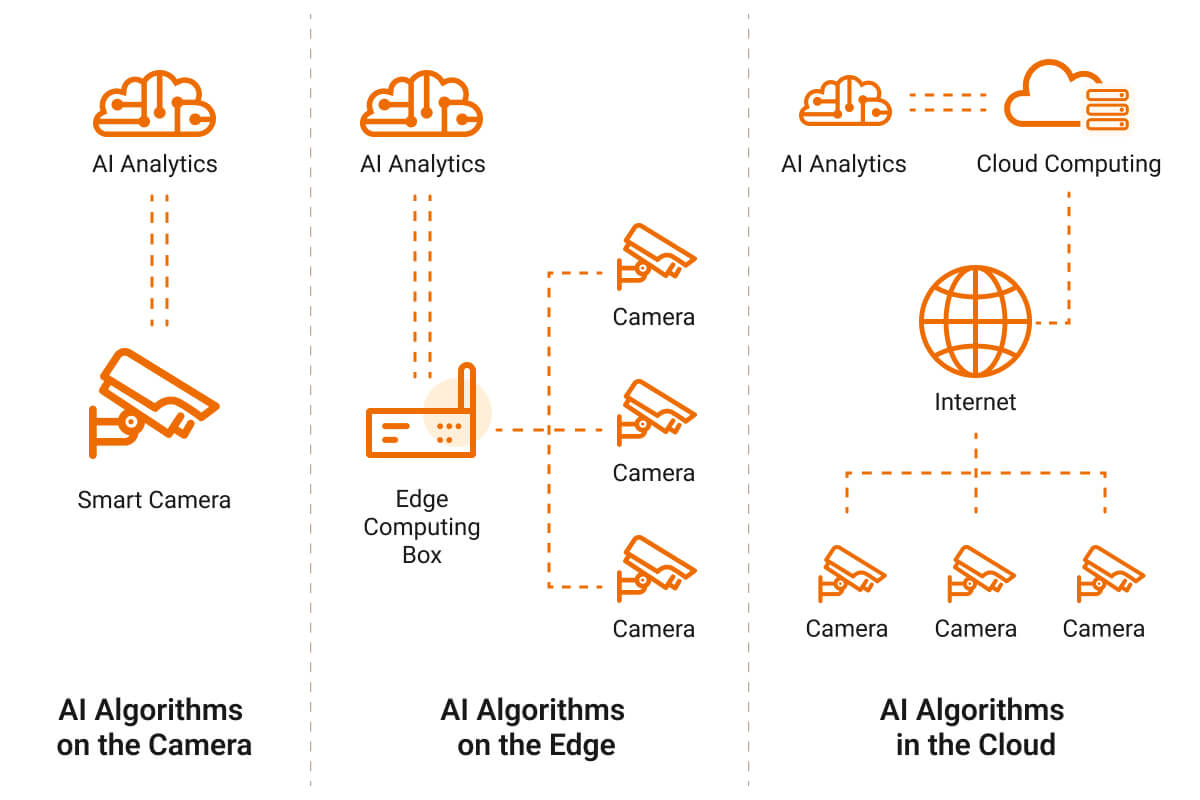IoT enables real-time temperature monitoring, analytics, and automated control using networked devices, sensors, and communication protocols, resulting in more accurate and dependable data for crucial decision-making.
Production, distribution, consumption, and the shift to renewable energy sources are all enhanced by the Internet of Things in the energy sector. Climate change, aging infrastructure, energy security, and price volatility are just some of the issues that might be mitigated with its implementation.
In order to meet these issues, this article explains how Internet of Things (IoT) temperature monitoring may be used in the energy sector.
What is Internet of Things temperature monitoring in the power sector?
Power plants, pipelines, substations, and other vital energy infrastructure are all subject to temperature monitoring through the Internet of Things (IoT).
Temperature monitoring’s significance in the energy sector
Many processes in the energy sector rely on tightly regulated temperatures, making temperature monitoring an absolute need. Boilers, turbines, and generators in power plants all need precise temperature control for best operation and damage prevention.
The purpose of energy sector temperature monitoring using IoT
To avoid costly repairs, downtime, and performance losses, as well as to maximize the lifespan of energy equipment, temperature monitoring through the Internet of Things is essential. For instance, power outages may be avoided if temperature fluctuations in transformers are spotted in advance so that repairs can be made.
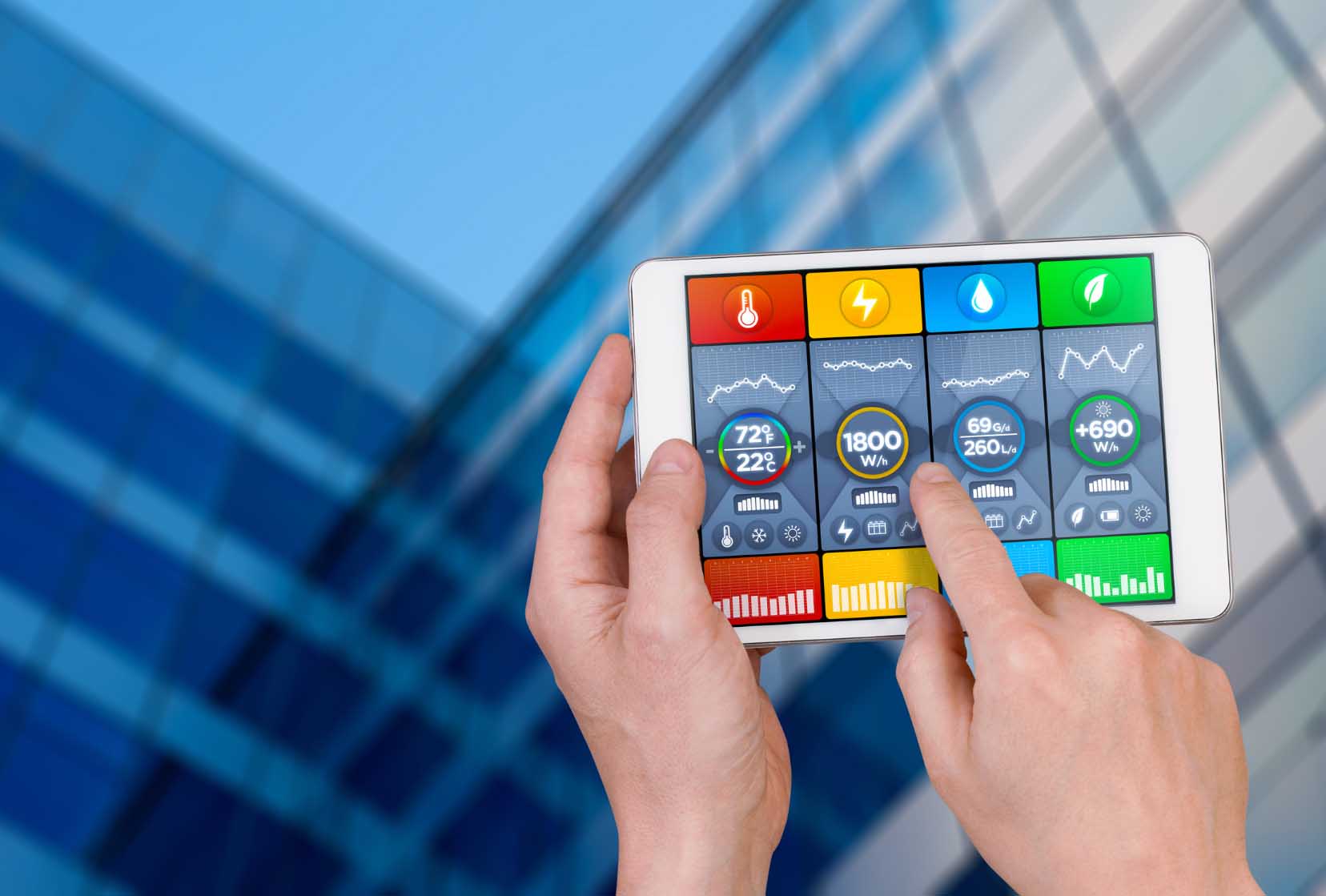
Which devices are involved in IoT temperature monitoring?
IoT temperature monitoring involves various devices to collect, transmit, and process temperature data.
- Sensors: Smart sensors can be integrated into equipment or placed in the environment to monitor temperature levels.
- IoT gateways: The fundamental component of the IoT temperature monitoring system, it connects IoT devices to the cloud server. IoT gateways deliver data from many IoT temperature sensors to a cloud server for real-time analysis.
- Cloud or central server: The cloud or server stores and processes sensor temperature data. Advanced algorithms find trends, predict equipment breakdown, and optimize processes.
- Mobile devices: Smartphones and tablets may remotely access temperature data and send alerts.
- Software: Software analyzes temperature data, generates reports, and optimizes operations and maintenance expenses.
- Thermostatic valve: Used in heating and cooling systems to control water or air flow.
- Thermostat: Thermostats turn heating and cooling systems on and off to manage room temperature.
- Boiler controller: Controls boiler temperature and hot water or steam flow to heating systems.
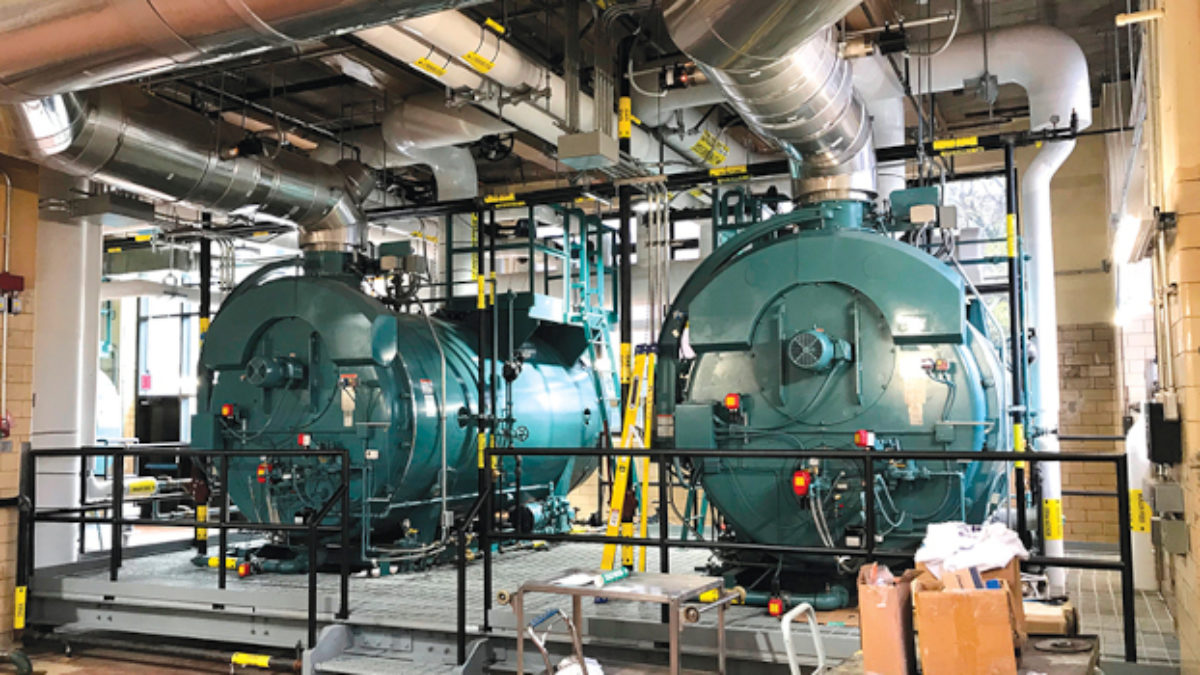
How do sensors and devices work together in an IoT temperature monitoring system?
In an IoT temperature monitoring system, these devices collect data from temperature sensors, analyse the data in the cloud, and send commands to actuators to adjust heating and cooling systems as needed. The IoT gateway is the central hub for all data collection and analysis. The thermostatic valve, thermostat, and boiler controller work together to maintain a desired temperature in the building or system. The system can also be configured to send alerts and notifications to maintenance staff if system faults or temperatures exceed certain thresholds.
Applications of IoT temperature monitoring in the energy industry
IoT temperature monitoring has numerous applications in the energy industry, from power generation to transmission and distribution. IoT gateways play a pivotal role in the remote monitoring of temperature. Here are some of the applications of IoT temperature monitoring in the energy industry:
Power generation plants and substations
IoT temperature monitoring can ensure that critical components such as generators, transformers, and switchgear operate within safe temperature limits. IoT gateways receive temperature data from sensors on critical components, process it, and send it to the cloud for analysis and monitoring. Real-time observation can also provide early warning of potential failures, allowing maintenance teams to take corrective action before a component fails.
Transmission and distribution
IoT gateways collect temperature data from sensors placed on transformers, switchgear, and other critical components. This data is then analysed in the cloud to identify potential failures and prevent power outages.
Oil and gas industry
IoT gateways enable real-time monitoring of the temperature of pipelines, tanks, and other equipment involved in oil and gas production. It helps to prevent leaks, reduce energy consumption, and optimise production efficiency.
Renewable energy systems
IoT gateways collect temperature data from sensors attached to solar panels, wind turbines, and hydroelectric generators. It ensures their operation within safe temperature limits to prevent equipment failures and improve overall system efficiency.
Energy storage facilities
IoT temperature monitoring can monitor the temperature of batteries and fuel cells in energy storage systems with the help of an IoT gateway. Data transmitted by IoT gateways to the cloud is then analysed to optimise energy storage capacity and prevent overheating or damage to the equipment.
The benefits of IoT temperature monitoring
Adding IoT Temperature Monitoring to energy sector equipment can provide added value for equipment and operators, improving performance, safety, and efficiency. It can offer manufacturers a competitive advantage, improved customer satisfaction, and increased profitability.
How IoT temperature monitoring enhances equipment performance in the energy industry?
IoT temperature monitoring provides added value to different energy sector equipment in several ways.
- Improved equipment performance: IoT Temperature Monitoring can provide real-time data on the temperature of critical components, allowing operators to adjust settings to optimise performance. It results in increased efficiency and reduced downtime.
- Early detection of equipment failures: IoT Temperature Monitoring can help detect potential equipment failures before they occur. Hence the operators proactively address the issue before it becomes a significant problem, reducing downtime and maintenance costs.
- Improved safety: IoT Temperature Monitoring can help ensure equipment operates within safe temperature limits, thus reducing the risk of accidents and improving worker safety.
- Enhanced data analytics: IoT Temperature Monitoring can provide large amounts of data on equipment performance. The data analysis identifies trends and patterns and assists operators in making more informed decisions and optimising equipment performance.
How can IoT temperature monitoring benefit energy sector equipment manufacturers?
For energy sector equipment manufacturers, adding IoT Temperature Monitoring to their products can offer several benefits.
- Improved product design: IoT Temperature Monitoring can provide manufacturers real-world data on how their equipment performs under various operating conditions. Later, the equipment manufacturer can use this information to optimise the design of energy sector products.
- Increased customer satisfaction: IoT Temperature Monitoring can help manufacturers identify potential issues before they occur, reducing the likelihood of equipment failures and improving customer satisfaction.
- Competitive advantage: By incorporating IoT Temperature Monitoring into their equipment, manufacturers can differentiate themselves from competitors by offering more advanced and reliable equipment. The added benefit increases the market share and improves profitability.
- Predictive maintenance: IoT Temperature Monitoring can help manufacturers implement predictive maintenance programs. By monitoring equipment temperature data in real-time, manufacturers can identify potential issues before they lead to equipment failures. Such a proactive approach reduces maintenance costs and improves equipment uptime.

Communication Interfaces for IoT temperature monitoring
The selected interface should provide reliable and efficient communication between the temperature sensors and the cloud-based monitoring system. Some commonly used communication interfaces are available below.
- Wi-Fi: A wireless communication protocol providing high-speed data transfer, usually used to provide internet connectivity to the IoT gateway.
- Bluetooth: A wireless communication protocol commonly used for short-range IoT applications. It is ideal for devices with low power consumption requirements and for temperature monitoring applications in small areas.
- Zigbee: A low-power wireless communication protocol used for devices to communicate with each other in a mesh network.
- Z-Wave: A wireless communication protocol designed for home automation and IoT devices, providing low power consumption and reliability.
- LoRaWAN: A long-range, low-power wireless communication protocol designed for IoT devices to communicate over long distances with low data rates.
- Cellular networks: A wireless communication network allows devices to connect to the internet to transmit data over a vast area network.
- Ethernet: A wired networking technology connecting devices to a local network over a physical cable.
How to identify the communication interface?
The choice depends on various factors such as range, power consumption, data transfer speed, and cost. It also varies from case to case.
Use cases
Following are some of the suitable protocols for the particular use cases.
Energy generation plants
Ethernet provides a reliable and high-speed connection over a physical cable, ideal for monitoring critical equipment such as generators, turbines, and cooling towers in power stations.
Oil and gas industry
LoRaWAN is a long-range, low-power wireless communication protocol designed for IoT devices to communicate over long distances with low data rates. It is ideal for non-contact temperature sensors that measure the temperature of the compressor’s bearings and other critical components in remote areas.
Renewable energy sector
Zigbee is suitable for contact sensors placed on the surface of solar panels to measure their temperature, as it provides a low-power connection and can cover a large area.
Comparison of technical specifications
The following table presents a brief comparative analysis.
| Interface | Type | Range | Bandwidth | Power | Cost | Suitability |
| WiFi | Wireless LAN | Up to 100 meters | High (up to 100 Mbps) | High | Moderate | Indoor applications, close-range monitoring |
| Ethernet | Wired LAN | Up to 100 meters | High (up to 1 Gbps) | Low | Moderate | Fixed installations, high-bandwidth needs |
| Zigbee | Wireless | Up to 100 meters | Low (250 Kbps) | Low | Low | Low-power applications, mesh networking |
| Z-Wave | Wireless | Up to 100 meters | Low (100 Kbps) | Low | Moderate | Home automation, low-power applications |
| Bluetooth | Wireless | Up to 10 meters | Low (up to 2 Mbps) | Low | Low | Short-range monitoring, low-power devices |
| LoRaWAN | Wireless | Up to several Kms | Low (up to 50 Kbps) | Very low | High | Long-range monitoring, low-power devices |
| Cellular | Wireless | Coverage depends on cell | Low to high (up to Mbps) | High | High | Remote monitoring, high-bandwidth needs |
Monitoring Temperature Using SoC Technology
Because it offers a highly integrated solution for bundling several functionalities onto a single chip, System-on-Chip (SoC) technology is commonly employed in IoT temperature monitoring. SoC technology may enhance the performance and power efficiency of IoT temperature monitoring devices while reducing their size and cost.
Why Does Multi-protocol SOC for IoT Temperature Monitoring Exist?
In order to connect with other instruments and systems, IoT temperature monitoring sensors often need to employ several wireless communication protocols. A variety of wireless technologies, including Ethernet, Wi-Fi, Bluetooth, Zigbee, and Z-wave, are supported by multi-protocol SoCs. It enables interoperability between diverse instruments and systems and IoT temperature monitoring devices.
Advantages of IoT Temperature
In IoT temperature monitoring, multi-protocol System-on-Chip (SoC) technology provides a number of benefits, including
Flexibility
Because SoCs support several protocols, combining various sensors and data collecting channels is simple.
Analyzing data in real time
SoC makes it possible to analyze data in real-time and react quickly to temperature changes, lowering the possibility of equipment failure or damage.
modern analytics
Advanced machine learning algorithms may be supported by SoCs to create preventative maintenance plans and detect temperature anomalies. Innovative applications for IoT temperature monitoring may be created thanks to SoCs. For instance, they may keep an eye on temperature-sensitive goods while they’re being transported or stored to make sure they stay within the proper temperature range.
Dusun application for IoT temperature monitoring
The Programmable DSGW-030 Gateway is a perfect fit for energy equipment manufacturers looking for a reliable and customisable gateway to integrate into their temperature monitoring systems. Linux@OpenWRT OS powers the gateway with a powerful MTK7688 processor, 64MB RAM, and up to 64MB flash storage. It allows equipment manufacturers to choose the desired protocols as it supports Wi-Fi/Ethernet, Bluetooth 5.2, Zigbee 3.0, and Z-Wave.
With its developer-friendly resources and ready-to-market design, this device is a valuable addition to any energy company looking to streamline its temperature monitoring and control systems. The gateway comes with a fully documented SDK quick guide, toolchain, and API reference file, making it easy for developers to build custom applications to satisfy their complex requirements.
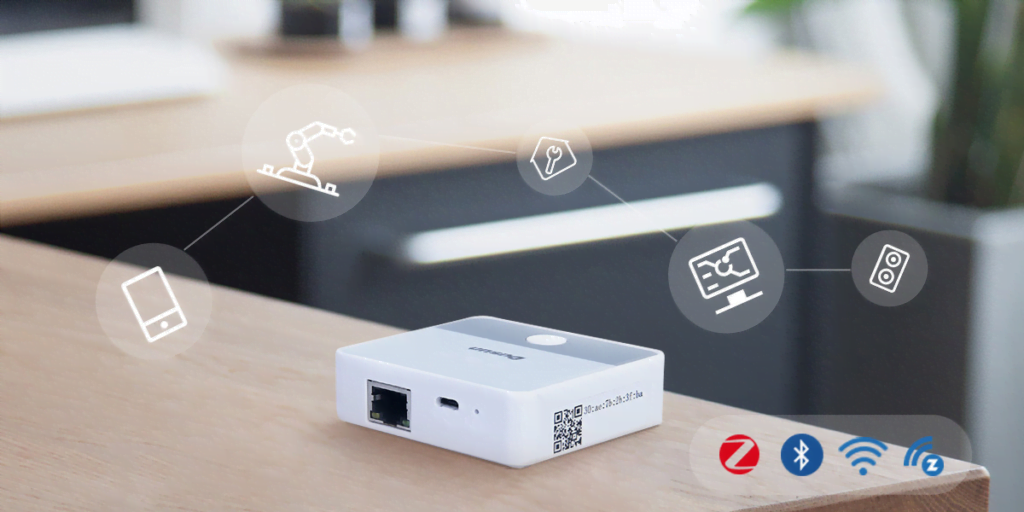
Moreover, the gateway is AWS certified, integrated with Azure, Tuya, and Philips Hue, and comes with many ready-to-use applications. With its secure authentication, reliable connectivity, and complete certifications, the DSGW-030 BLE 5/Zigbee 3/Z-Wave to Wi-Fi/Ethernet Gateway is an ideal option for energy equipment manufacturers to add value and advanced features to their IoT temperature monitoring systems.
The IoT temperature monitoring system is a must-have for the energy industry, and the Duusn DSGW-030 Gateway is the perfect device for any company looking to improve the efficiency and reliability of their temperature monitoring systems.
IoT Temperature Monitoring FAQs
What could be the possible challenges an equipment manufacturer can face while integrating an IoT monitoring system into their energy sector equipment?
Integrating IoT monitoring systems in energy sector equipment manufacturing can bring challenges such as integrating legacy equipment with modern IoT systems, security of IoT systems, data processing and analysis, changes in existing business processes, and workforce training. Legacy equipment may need communication protocols or interfaces to communicate with IoT sensors. IoT systems require a robust security infrastructure to ensure data privacy and system integrity. Real-time processing of vast data requires powerful computing resources and analytics tools. Integration of IoT systems may also require changes in existing business processes and workforce training to manage the data generated by IoT sensors and make informed decisions based on real-time data.
What could be the added cost of integrating IoT monitoring systems in energy equipment?
Integrating IoT monitoring systems in energy equipment can add additional costs, such as the cost of IoT sensors, gateways, communication infrastructure, and data storage. There may also be costs associated with retrofitting legacy equipment with new communication interfaces or upgrading existing infrastructure to support IoT systems.
What various IoT temperature sensor types are there?
Due to their tiny size and low power consumption, thermocouples are particularly well-liked IoT temperature sensors. They are also quite precise and trustworthy. Thermocouples, resistance temperature detectors (RTDs), and infrared temperature sensors are further forms of temperature sensors.









